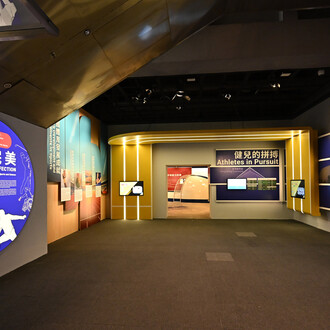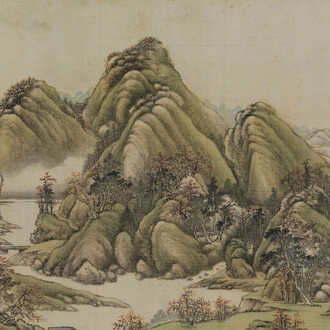Design and architecture are more than just disciplines—they are the frameworks through which we experience the world. They shape the objects we use every day, define the environments in which we live and work, and influence how we interpret and engage with our surroundings. Whether it's a chair, a building, or a logo, every designed object reflects a way of thinking and a set of values that extend far beyond its function or aesthetic. In this sense, design is not only about utility or beauty, but also about culture, society, and the ongoing dialogue between people and the material world.
The exhibition Things, spaces, interactions brings together over five hundred pieces of furniture, architectural projects, graphic design works, and other objects that have had a significant impact across Asia and beyond over the past seventy years. These objects represent pivotal moments in the history of design, showcasing how ideas have circulated across borders and how cultural exchange has shaped the evolution of form and function. Each piece tells a story about the time and place in which it was created, and together, they offer a compelling narrative about the interconnectedness of global design movements.
As visitors move through the exhibition, they are invited to reflect on the ways in which design responds to, and shapes, broader social and economic transformations. From rapid urban development to shifts in consumer culture, from technological innovation to environmental awareness, the forces that drive change in our societies are deeply entwined with the work of designers and architects. By exploring these themes, Things, Spaces, Interactions encourages us to consider how the built environment and everyday objects are not just reflections of the world we live in—but also tools for imagining and creating the world we want to inhabit.
















